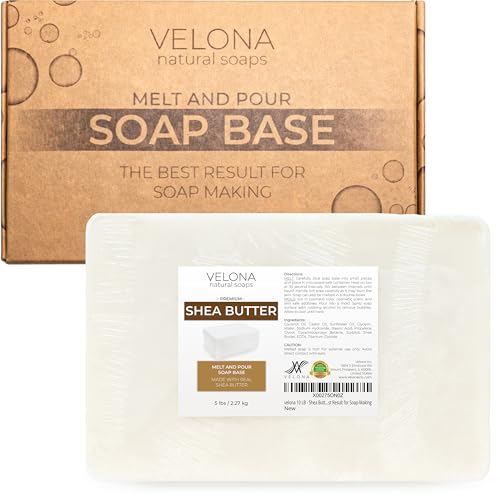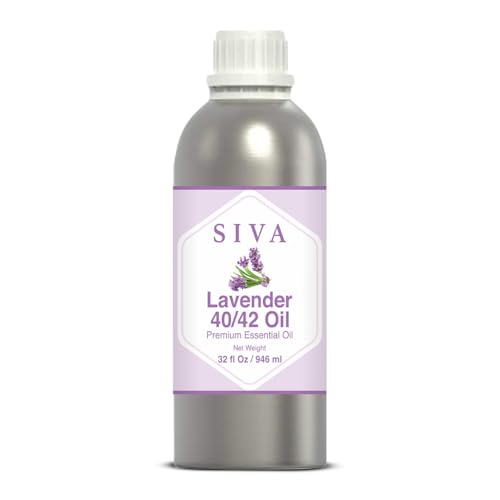I may have stumbled on a solution for you,
@Joy Wolff. I don’t really like high palm oil recipes because they never quite lose a ghostly waxy/sticky quality, no matter how long the cure. Add to that the forest/habitat destruction for palm oil plantations are a global problem. So . . .
Not that long ago, I developed a vegan recipe for my relatives and Indian friends that I like so well it has mostly replaced my lard and tallow recipes. The key came with following the advice of
@KiwiMoose to use soy wax. I also followed up on the advice of
@AliOop to use sorbitol to increase large bubbles without significantly discoloring the soap. As long as I don’t add milk or bee products, the base recipe is completely vegan and sustainable. I never have to worry about giving this vegan soap to anyone.
Cathy’s Sustainable Vegan CP recipe. (Links to SoapmakingFriend)
Hard oils:
15% soy wax
18% coconut oil, 76 degrees
20% shea butter
Liquid oils:
40% high oleic sunflower oil
7% castor oil
Additives
dissolved in water before combining with lye:
1.5% sodium lactate (liquid)
1.5% sodium citrate (powder)
1.5% sorbitol liquid (or .75% powder)
Add essential oils, fragrance oils, and colorants as desired.
If you want a very white bar of soap, you can use High Oleic safflower oil in place of the HO sunflower oil. I think some people may find the term sunflower, more appealing than safflower, which is my only reason for substituting one oil over the other. If you are not sure about an oil being high oleic, check the fatty acid profile on the label and look for 11% oleic. If it is only 9%, there may be a higher risk of developing DOS in the long term, so I avoid those oils.
Thanks to participating in the mini drop swirl challenge, (Thank you
@Mobjack Bay!) I finally learned how to work with the soap batter when it is at emulsion. I find this vegan recipe to work very well for swirls, especially when blending by hand, as you will see in the current challenge threads.
Last month I donated soap to our church fundraiser. A woman who had received a bar of this vegan recipe soap from my donations to the food pantry volunteers, came over and told everyone how creamy and lotion-like the lather was, telling them they absolutely had to buy it. I didn’t have to say a thing and finally gave myself permission to stop worrying about the fact that I didn’t have many big sudsy bubbles in the lather.
For a visual, here is the first soap I learned to work with at emulsion for the mini drop swirl challenge. It was made with HO safflower oil. Notice how white it is with zero titanium dioxide.
 View attachment 77681
View attachment 77681



















































